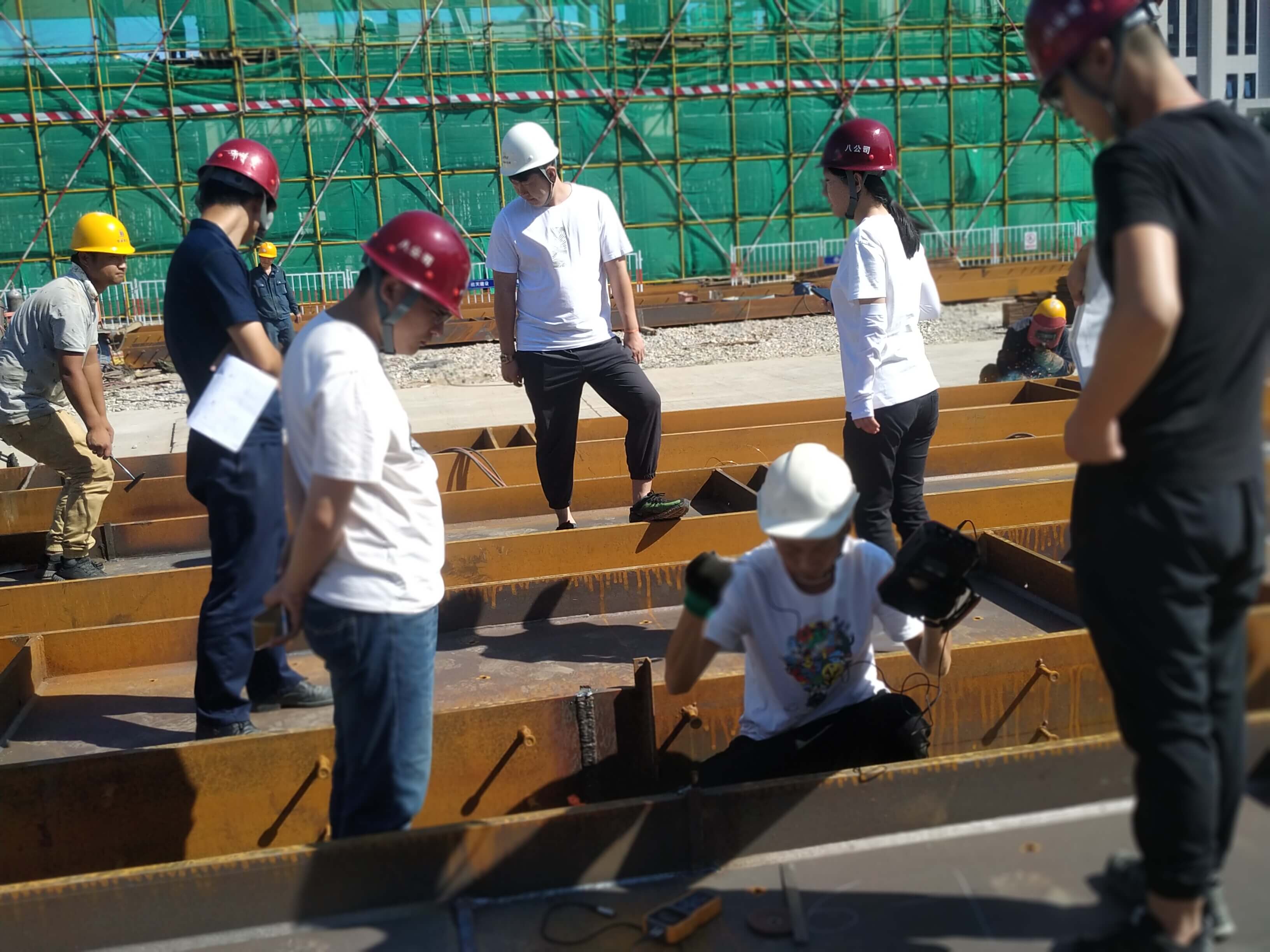Dapeng Town Industrial Park, Tongshan District, Xuzhou City, Jiangsu Province, China
With its high efficiency, flexibility and environmental protection, steel structure plant buildings are widely used in modern industrial buildings. However, the problem of foundation subsidence often plagues the stability and safety of these buildings. In order to ensure the long-term stable operation of steel plants, it is crucial to take effective preventive measures. In this paper, we will discuss how to prevent the foundation subsidence of steel structure plant buildings, and provide practical suggestions and methods from various aspects.

Geological survey: Before building a steel structure plant, a detailed geological survey must be carried out. Through in-depth understanding of geological conditions, the bearing capacity and stability of foundation can be assessed, providing scientific basis for subsequent design and construction.
Foundation reinforcement: for areas with poor geological conditions, foundation reinforcement technology should be used. Common foundation reinforcement methods include replacement method, pre-pressure method, strong tamping method and so on. By reinforcing the foundation, its bearing capacity and stability can be improved and the risk of foundation subsidence can be reduced.
Selection of suitable foundation form: according to the geological conditions and loading requirements, a suitable foundation form is selected. For example, for soft land foundation, deep foundation forms such as pile foundation or raft slab foundation can be used to disperse the load and improve the stability of foundation.
Reasonable design: In the design stage of steel structure plant, foundation conditions and loading requirements should be fully considered. Through reasonable structural arrangement and component selection, the pressure on the foundation can be reduced and the risk of foundation sinking can be lowered.
Strict construction quality control: in the construction process, the quality of materials and construction technology should be strictly controlled. Ensure that the concrete pouring quality of the foundation meets the design requirements, and avoid honeycomb, holes and other quality problems. At the same time, strengthen the monitoring and management of the construction site to find and deal with potential safety hazards in time.
Setting settlement joints: In the design of steel structure plant buildings, settlement joints can be considered. Settlement joints can allow the building to generate relative displacements between different parts, thus reducing stress concentration and structural damage caused by uneven settlement of the foundation.
Regular monitoring: Regular monitoring of the foundation of a steel structure plant is an important means of preventing foundation subsidence. By monitoring the foundation settlement, inclination and other indicators, abnormal conditions can be found in time and measures can be taken to deal with them.
Timely maintenance: once foundation subsidence or other safety hazards are found, timely maintenance and reinforcement should be carried out. For minor foundation subsidence problems, it can be repaired by adjusting the thickness of the bedding layer or re-pouring concrete, etc. For serious foundation subsidence problems, it is necessary to take more complicated reinforcement measures.
Strengthen the use management: In the process of using the steel structure plant, the use management and maintenance work should be strengthened. Avoid overloading use, arbitrary structural changes and other behaviours that adversely affect the foundation. At the same time, regular inspection and maintenance of various components and connection nodes of the steel structure should be carried out to ensure that they are in good working condition.